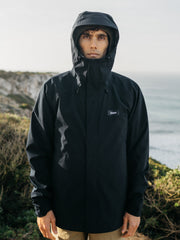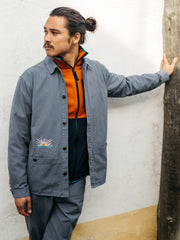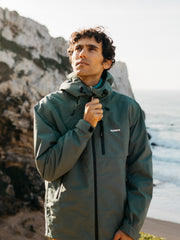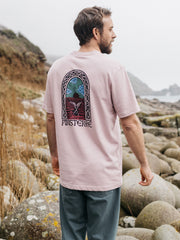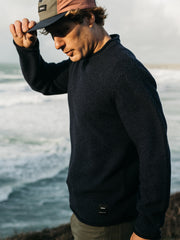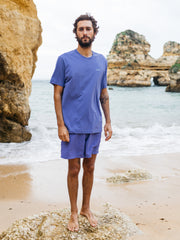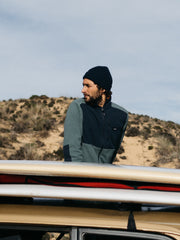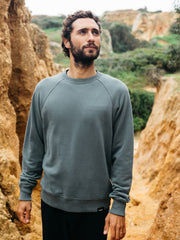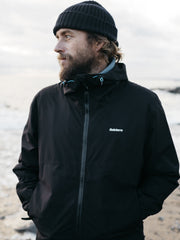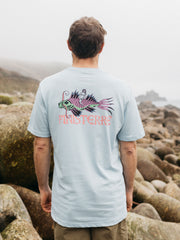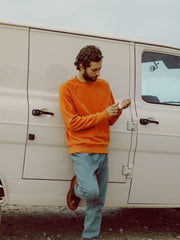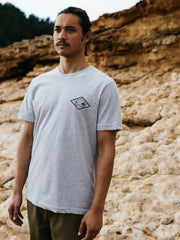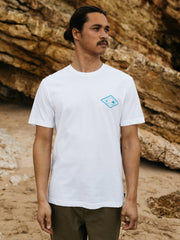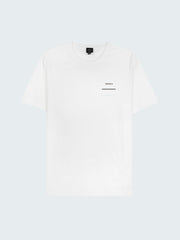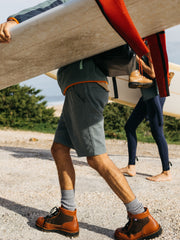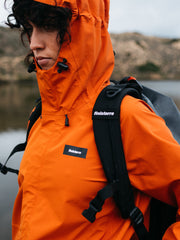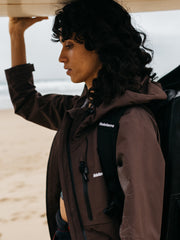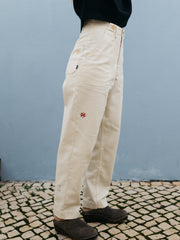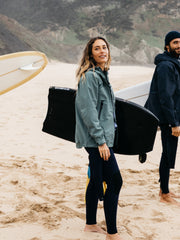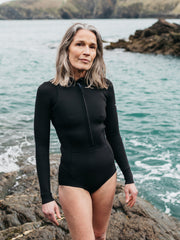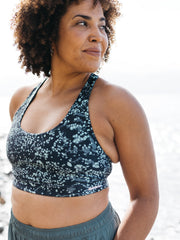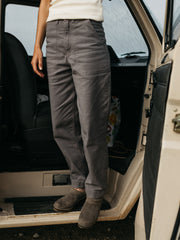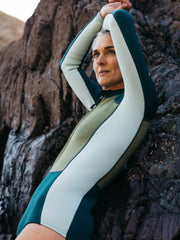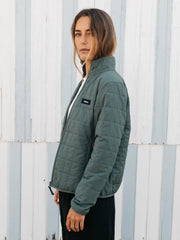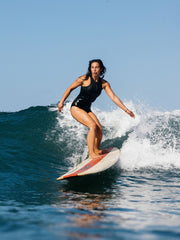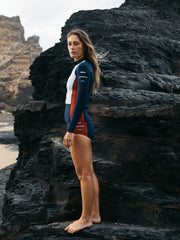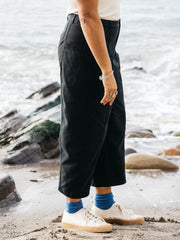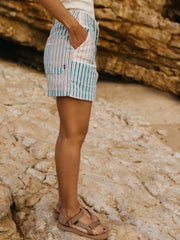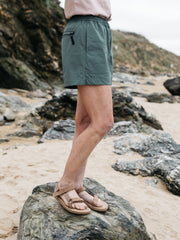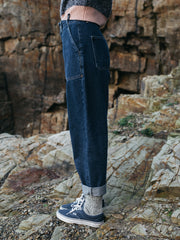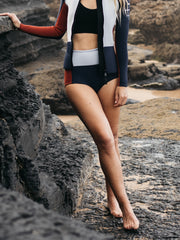The question then is, why are we invisible?
A lot of story-making involves a strong network of social ties. These connections help create an in-road, build the skills and resources you need, mentor you, include you in an inner world unknown to outsiders. There simply aren’t enough women at the top within the (surf) film industry who could mentor aspiring female storytellers. We don't have the same social circles, social relations or opportunities available to us that our male counterparts do. Because the notion of our ‘invisibility’ persists we get forgotten when it comes to being included in these surf missions and social gatherings where further ideas might be sparked and collaborations formed to create an epic edit. (And of course, the same can be said of women in leadership positions within business and politics and across many other sectors). Surfing, especially in Ireland and colder climates has its tightly formed cliques, largely a male-dominated ‘band of brothers’. Women who surf in Ireland have often come to it in a non-competitive way, and have a different relationship with surfing, often surfing alone. The narrative of perfectly honed, bikini-clad, incredibly young, hyper-sexualised and competitive shortboard surfing females in an idyllic, tropical location is overwhelming (as documented in Flux) and just doesn’t ring true for the reality of being a cold-water surfer.
This, I feel, is getting closer to the core of the issue of our ‘invisibility.’ It’s because of the stories we tell ourselves, the scripts we allow others to write and believe when we read, the narratives we live on a daily basis that we fail to question. It goes deeper than an issue of gender and sexuality alone and comes down to the feminine. By that I mean our relationship with our environment, the sea, the waves, the world around us, how we relate. It’s about how we are able to express ourselves, to give expression to who we are - freely and truly without conforming to social norms and cultural expectations. It’s as Krishnamurti said, “you think you are thinking your thoughts; you are not - you are thinking the culture’s thoughts.” There persists within the ‘surf film genre’ a culture of wave-porn. A culture that idolises shortboard surfing, hyper-masculinity, a domination over and taming of the ‘beast’ rather than a more intimate letting go and a surrender into the wild, untamed natural environment. A culture where the female surfer and femininity in surfing remain invisible, or at best become a passive object in the storyline.


